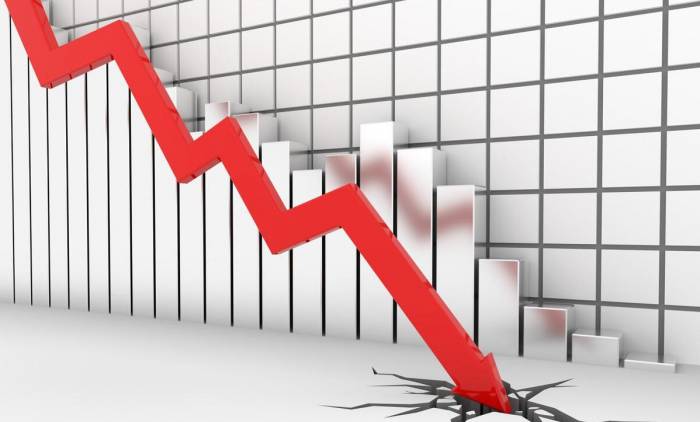Jin Longyu, this company, is no small fry.
In September 2020, under the business model of "sustainable operation," Jin Longyu raised 13.9 billion yuan in funds, becoming the largest-ever IPO fund-raising company on the Growth Enterprise Market. In terms of operating income, Jin Longyu is roughly equivalent to two Guizhou Moutai, and is known as "the number one in China's grain and oil industry."
In addition, influenced by the extremely limited float due to the company's largest shareholder holding 90% of the shares, coupled with the support of many well-known investors, Jin Longyu's share price quickly rose from the issue price of 25.7 yuan per share to 145.36 yuan per share, an increase of over 450%, with a market value once approaching 800 billion yuan.
Even Lin Yuan also expressed optimism.
As of the fourth quarter of 2020, two private equity funds under Lin Yuan Investment newly entered as the top ten circulating shareholders of Jin Longyu; by the end of the first quarter of 2021, the number of "Lin Yuan Investment" in the top ten circulating shareholders increased to three, with a total holding of 3.4597 million shares.
From the results, even a "stock god" like Lin Yuan also suffered a setback with Jin Longyu!
Similarly optimistic about Jin Longyu are foreign capital.
Advertisement
As of the end of the first quarter of 2021, the Northbound Capital newly entered as the largest circulating shareholder of Jin Longyu, holding 10.2613 million shares; by the end of 2021, this number increased to 16.0861 million shares; by the end of 2022, the Northbound Capital's shareholding further increased to 28.8447 million shares.
That is to say, unlike Lin Yuan's decisive "escape," foreign capital is persistently buying more as the price falls. Of course, the result is also a heavy loss.
In January 2021, Jin Longyu's share price touched 145.35 yuan, but after that, it plummeted. By August 11, 2023, Jin Longyu's share price fell to 41.2 yuan, a drop of over 70%.So, has it hit rock bottom?
On the evening of August 11th, Gold Dragonfish released its semi-annual report. According to the financial statements, Gold Dragonfish's operating income was 118.7 billion yuan, a year-on-year decrease of 0.64%; net profit was 966 million yuan, a year-on-year decrease of 51.13%; and net profit attributable to non-recurring gains was 14.43 million yuan, a year-on-year decrease of 99.4%.
Perhaps this does not yet reveal how bad the situation is.
Looking solely at the second quarter, Gold Dragonfish's net profit was 112 million yuan, with a net profit margin of only 0.3%; focusing on net profit attributable to non-recurring gains, Gold Dragonfish's figure for the second quarter was -226 million yuan, indicating a shift from profit to loss.
Let's consider another perspective.
From 2020 to 2022, Gold Dragonfish's net profit attributable to non-recurring gains were 8.792 billion yuan, 4.996 billion yuan, and 3.184 billion yuan, respectively. In the first half of this year, this figure was only 14.43 million yuan, showing a cliff-like decline.
If in 2020, based on the performance of that year, a price-to-earnings ratio of over a hundred times could be described as "ridiculously expensive," there was at least room for imagination. But now, the company has reached the brink of shifting from profit to loss. Although the company's market value has dropped by 75%, it's hard to say whether it's expensive or cheap, because the company has lost its valuation anchor.
Some may ask, why has Gold Dragonfish's net profit, especially net profit attributable to non-recurring gains, plummeted despite only a decline in operating income?
The reason is that, rather than being a grain and oil consumer brand, Gold Dragonfish is more accurately described as an agricultural product processing enterprise. The core driving logic of Gold Dragonfish is not brand premium but the fluctuation of raw material prices. Essentially, Gold Dragonfish is merely a transporter of grain and oil.

Financial data tells it all.Unlike Haidilao's gross margin of nearly 40%, Jinyulong's gross margin is only around 10%, and in the last two years, it has dropped to about 5%. Against this backdrop, Jinyulong's net profit margin has fallen from 3% to 1%.
So, what is the trend of raw material prices?
As is well known, Jinyulong's main raw materials include soybeans, rice, wheat, etc. However, news headlines often feature stories like "International wheat prices 'go crazy'," "Global rice prices hit a nearly 12-year high," and "India restricts rice exports." This means that due to the impact of natural disasters like El Niño and geopolitical conflicts, global food prices have risen significantly, keeping Jinyulong's production costs high.
In this context, even if Jinyulong can solve some issues through futures hedging, it cannot prevent the deterioration of profitability.
The last question is, will this situation improve?
On one hand, high-temperature records are being broken continuously, and the El Niño phenomenon is becoming more frequent, making it difficult for global food prices to fall in the short term. On the other hand, there is currently no inflation in the domestic market, and it seems that Jinyulong has no way to raise prices. Therefore, there is no sign of improvement for Jinyulong in the near future.
Reflected in the stock price level, compared to "reversal," perhaps everyone should pay more attention to "when the bottom is formed."

Post a comment